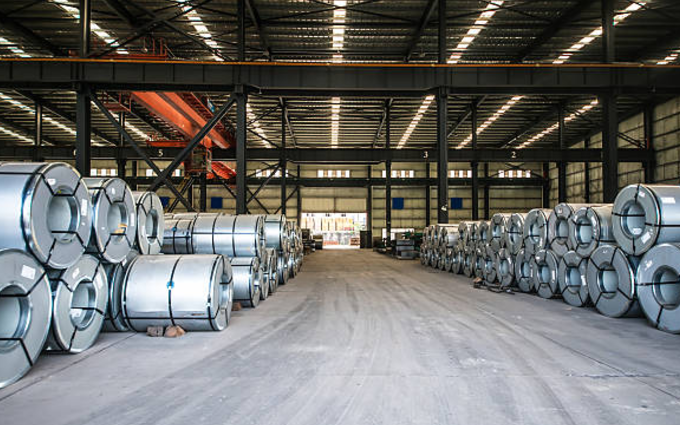
Posted on Wednesday, February 15, 2023
Importing steel coil into Angola requires careful consideration of costs, tariffs, delivery logistics, and the quality of the coil.
The cost of importing steel coil involves several components:
Understanding Angola’s tariff structure is crucial:
Efficient logistics ensure timely and cost-effective delivery:
Before purchasing, ensure the steel coil meets your requirements:
Q1: What are the main ports for steel coil importation in Angola? A: The Port of Luanda is the primary entry point, but other ports like Lobito and Namibe may also handle steel coil shipments.
Q2: How long does it take to import steel coils into Angola? A: Transit times vary by origin but typically range from 4-8 weeks. Customs clearance may take an additional 1-2 weeks.
Q3: Can I import used steel coils into Angola? A: While new steel coils are commonly imported, used coils may require special permits and additional inspections.
Q4: What is the best way to ensure quality before shipping? A: Request a pre-shipment inspection or third-party quality check to verify compliance with specifications.
Q5: Are there local suppliers in Angola? A: Local steel production is limited. Most businesses rely on imports for high-quality and specialized steel coils.
Importing steel coil into Angola involves navigating costs, tariffs, and logistics. By planning ahead, working with reliable suppliers, and understanding local regulations, you can ensure a seamless import process. Always consult with customs experts and logistics professionals to avoid delays and unexpected expenses.
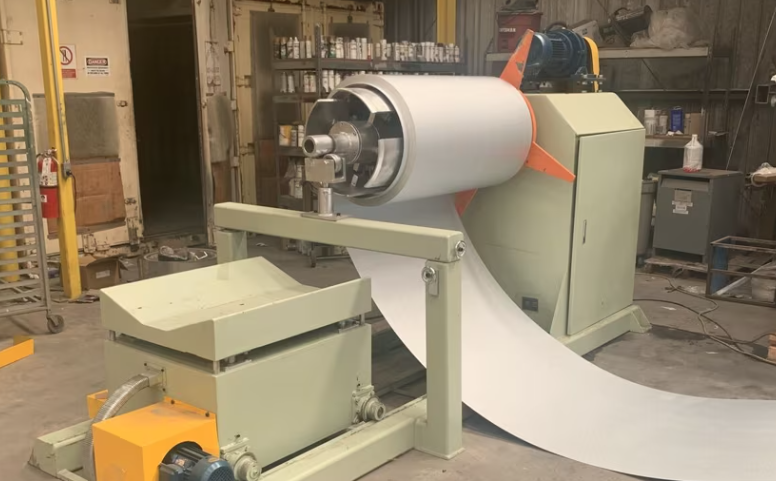
Understanding Coil IDs, Mandrel Sizing, and Shear Pin Safety in Uncoilers
Posted on Wednesday, October 1, 2025
Mismatched sizes can lead to machine damage, downtime, and safety hazards — often evidenced by a shear pin failure.
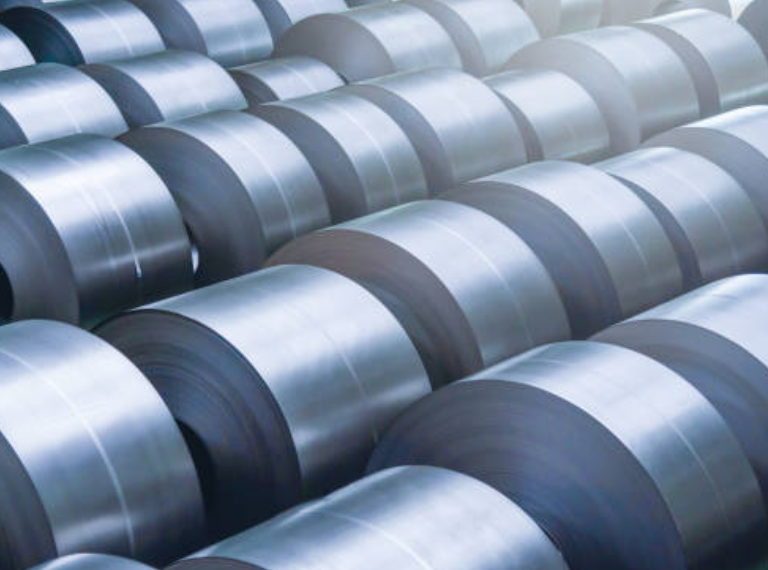
How Coil Tensile Strength Affects Roll Forming and How to Adjust Your Machine
Posted on Wednesday, October 1, 2025
Changes in tensile strength can significantly affect the finished profile, causing misaligned bends, uneven edges, and out-of-spec parts.
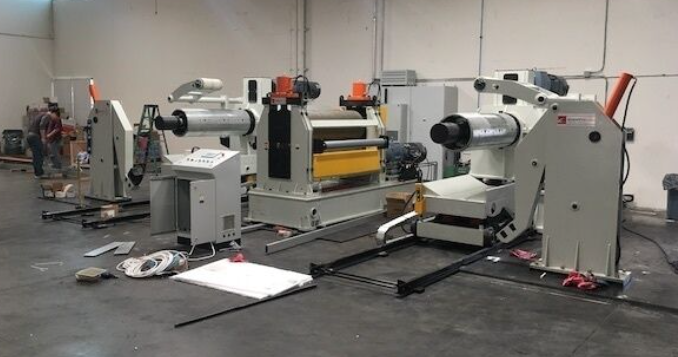
Why Paint Cracks on an Embossing Line Running Pre-Painted Coil and How to Prevent It
Posted on Wednesday, October 1, 2025
This issue not only affects the visual quality of the product but can also lead to increased scrap rates and customer complaints.
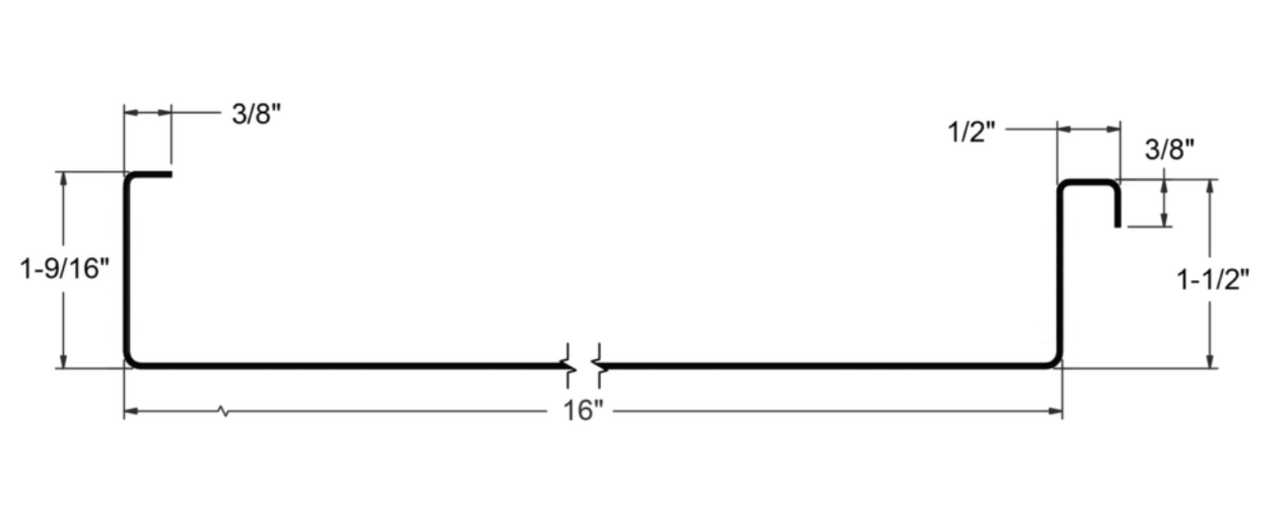
The Most Popular Standing Seam Metal Roof Panels in the U.S. — A Comprehensive Guide
Posted on Monday, September 29, 2025
In this post, we’ll explore what panel styles and sizes are most popular in the U.S